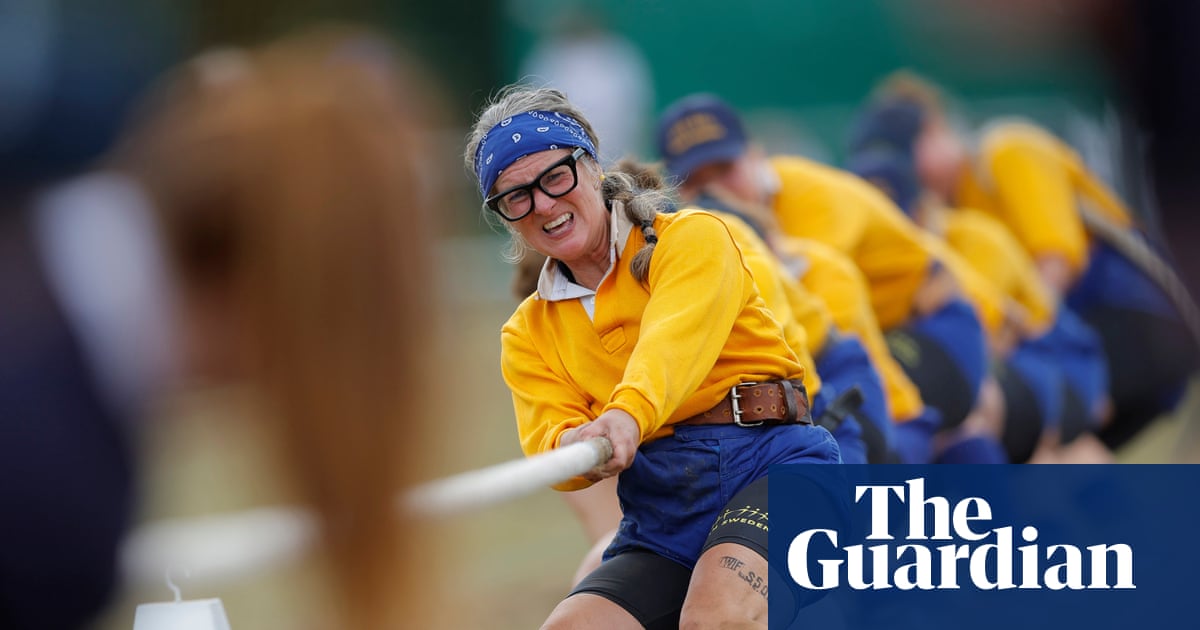“Pick up the rope! Take the strain! Steady! Pull!” When the referee barks those commands, eight competitors on each team muster every ounce of strength in their bodies and attempt to haul one another across the crumbling earth. Clutching a rope made of hemp or polypropylene, the first team to tug their opponents four metres from their starting position is the winner. They dig their steel-plated heels into the dirt – but strictly no spikes are allowed – while coaching staff guide and encourage them to victory. In the round-robin stages, each contest lasts two ends and the top four teams reach the semi finals; the semi-finals and finals are decided over three ends. With varying age and weight categories, competitors range from their teens to their 70s. All have one thing in common: a fierce desire to win.
No one knows when tug of war first started, but it has a rich history as the purest contest of human strength. Evidence shows that it featured in ceremonies and cults all over the world from Hawaii to Korea, Egypt to South America. For example, around the year AD1000, it can be found in the stories of Scandinavian and Germanic heroes from the so-called “kräftige spiele” or “power games”. Though it was never an official contest in the ancient Olympics Games, it did feature in the modern Olympics from Paris 1900 through to Antwerp 1920, with Great Britain winning the gold medal on two occasions. The sport was revived in the 60s and international matches have been staged every year since 1964. The world championships were last held in the UK in Blackpool in 2000.
The sport has aspirations of being reinstated into the Olympic programme one day. Dan McCarthy, president of the Tug of War International Federation, says: “Tug of war is a very basic sport in one aspect, but a highly technical one in another. People have this idea that tug of war is for big, heavy men – unfit men – which is a total misunderstanding of what we’re presenting here. We have different weight classes for men, women, and mixed-gender tournaments, which are becoming very popular because they’re gender equal across the board. If we have any hope of getting into the Olympics, I will be pushing for mixed classes. There is fierce competition here, but it’s a harmony of competition. There’s no malice between teams. Win, lose or draw, everybody shakes hands.”
-
Jose Antonio Goirigolzarri, 65, of the Basque Country collapses after winning the final of the senior men’s 600kg competition.

